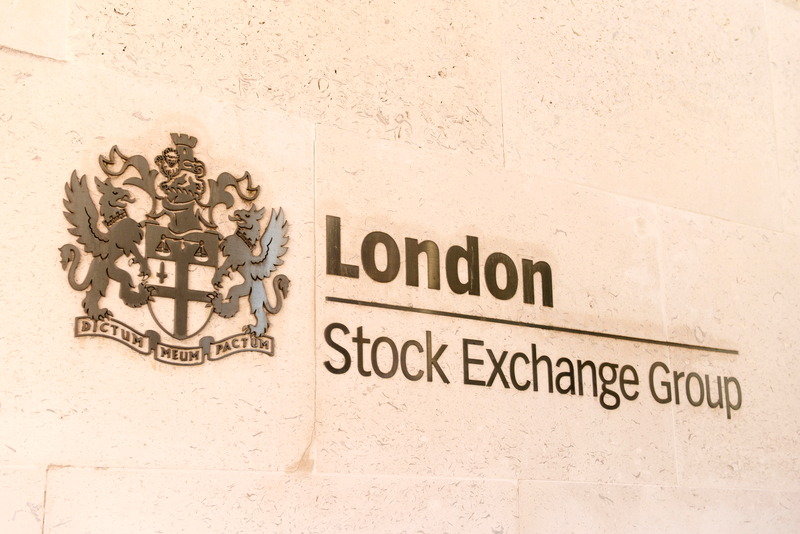They say that a bad speech starts with a definition. Does that mean that a bad article starts with a statistic? Well, here goes regardless. According to Department for Work and Pensions (DWP) data, since the introduction of compulsory workplace pensions saving in the UK in 2012, total annual contributions have increased from £81.7bn ($101.8bn) to £114.6bn ($141.8bn) in 2021. At the same point, the workplace pension participation rate in the UK had risen to 79%, that’s 22.6 million employees.
There can be little doubt that the introduction of auto-enrolment, the obligation on all employers to enrol employees into a workplace pension arrangement, in 2012 has been a success. Leaving aside the debate about the most appropriate minimum contribution levels, the reality is that the number of employees with some form of workplace pension savings has more than doubled in 10 years. That can only be a good thing, but it does raise challenges about the way in which the additional and increasing assets under management should be invested.
More money, more problems?
The UK Government first publicly identified opportunities for funding long-needed infrastructure projects by using invested pension scheme assets in 2021. It has consulted widely on the issue with draft regulations pending. Again, according to the DWP: “It’s right that trustees and managers now consider investing in a broader range of assets as part of a diversified portfolio. This includes in start-up companies, renewable projects and infrastructure that can offer potentially greater returns for pension savers building towards retirement and can have the added benefits of improving the UK economy and society.”
An erstwhile colleague said to me at the time: “There’s a long history of people coming up with pension solutions to non-pension problems that too often end in tears.”
Jump now to the prospect for pensions schemes in 2023 and, amongst the ever-increasing regulatory burden comes the increasing push for them to bring environmental, social and governance (ESG) issues to the forefront of their investment thinking.
The monitoring and reporting duties placed on trustees are clearly the beginning of increasing requirements for pension schemes to take on the mantle of climate change champions.
Trustees of schemes are required to disclose annually how, and the extent to which, they have considered and implemented policies on certain ESG matters. The monitoring and reporting duties placed on trustees are clearly the beginning of increasing requirements for pension schemes to take on the mantle of climate change champions. The then Pensions Minister, Guy Opperman, said in 2019: “Pension investments, with their long time-horizons and wide take-up across the working age population, are ideally placed to win widespread support for investment in action which mitigates and adapts to climate change.”
The drive for net zero, achieving a balance between the amount of greenhouse gas emissions produced and the amount removed from the atmosphere, is now affecting pension schemes. Trustees of schemes are being encouraged to set a net zero target for their investment strategies, which means them identifying a point in time by which the net emissions of all companies invested in will be zero.
Misplaced solutions
All very laudable and only the most ardent critic would say that the circa £3.1trn ($3.84trn) of UK pension scheme assets under management shouldn’t play a role in pursuing the climate change agenda. But, to requote my former colleague, are we again finding pension solutions to non-pension problems?
The Government has set a legally binding target for the UK of achieving net zero carbon emissions by 2050, as part of the global effort to avert the worst effects of climate change. Regardless of political allegiances, consensus seems to be that progress towards that target is looking slow to the extent that the target is under threat, not least because of the required financial commitments. Enter pension scheme assets?
The concern to many in the pensions world is that there is an increasing divide between the pressure on schemes to embrace the ESG agenda and the interests of scheme members.
The concern to many in the pensions world is that there is an increasing divide between the pressure on schemes to embrace the ESG agenda and the interests of scheme members.
Scheme trustees have a legal duty to act in the best interest of scheme members and it is long established that they must invest scheme assets in members’ best financial interests. That means that trustees may not put their own ethical or social concerns above their duty to obtain the best financial return for the members.
Much of the pressure and regulations relate to trustees deliberating on ESG issues in setting their investment strategies and clearly reporting on the result of those deliberations to scheme members. Anecdotally though, it seems clear that trustees are reading between the lines and feel they have little choice other than to incorporate climate-change-focused investment within their scheme’s investment portfolio. The danger is that investment decisions may not be made with the best interest of members in mind, but instead to fall into line with what trustees perceive as being expected of them.
Julian Richards

Julian is a partner at JMW Solicitors LLP, and has almost 30 years’ experience in advising on pensions.
He advises across the full range of pensions issues, specialising particularly in scheme mergers, solvent restructuring, buy-ins/buyouts, pension issues on corporate transactions, as well as member complaints and grievances.
Default funds
The disconnect is that while pressure increases on schemes to embrace ESG issues as part of their investment strategies, around 95% of the 22 million auto-enrolled members aren’t even engaged enough to move their savings from their scheme’s default fund, into which they were placed automatically on day one of their membership, to something better tailored to them.
The term ‘greenwashing’ is overused and many pension scheme trustees and their advisers are actively engaged and can spot a greenwash a mile away. Nonetheless, it is sad but true to say that there are investment funds now available to trustees which are simply existing funds with an ESG badge attached and which come at a premium in terms of fees. There is a fear that there are a number of trustees, perhaps a sizeable minority, who may simply accede to pressure from the Government, the Pensions Regulator, the ESG lobby and their peers, to incorporate ESG-focused strategies and investment funds that may end up not being the best fit for their scheme’s members. The long-term implications of that may be that neither the environment nor pension scheme members end up being well served.
We may all have a duty to the planet but, in their role in governing pension schemes, trustees have a primary duty to their members. Perhaps those who are pushing trustees to be in the net zero vanguard would do well to bear that in mind a little more prominently?













